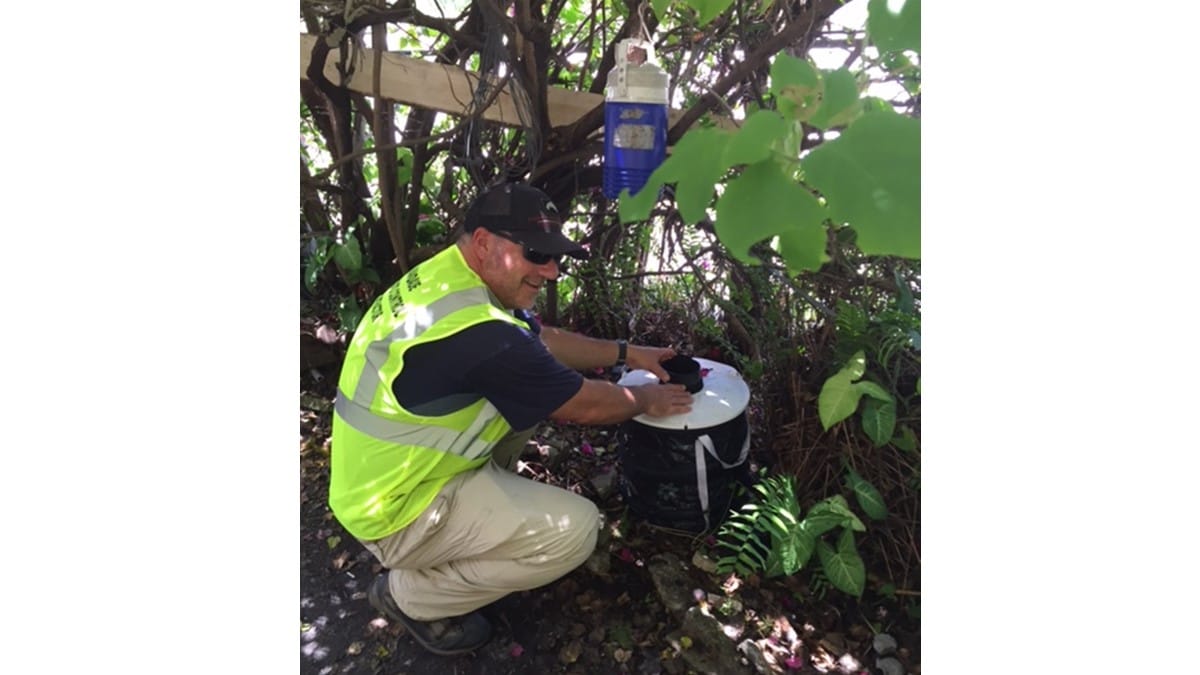What to know
- Mosquitoes live in most parts of the world, including the United States and U.S. territories.
- Water attracts different types of mosquitoes.
- Mosquito experts conduct surveillance to understand the mosquito population in a specific area.

Habitats
Some mosquitoes like living near people, while others prefer forests, marshes, or tall grasses. All mosquitoes like water because mosquito larvae and pupae live in the water with little or no flow.
Different types of water attract different types of mosquitoes.
Permanent water mosquitoes
These mosquitoes tend to lay their eggs in permanent or semi-permanent bodies of water.
- Some mosquitoes prefer clean water, while others like nutrient-rich waters.
- Some mosquitoes lay eggs
- Near the edges of lakes and ponds, or
- Among plants in swamps and marshes, or
- In containers that hold water
Floodwater mosquitoes
These mosquitoes lay their eggs in moist soil or in containers above the water line. The eggs dry out, then hatch when rain floods the soil or container.
Floodwater habitats include:
- Temporary pools and ponds created by melting snow or rain
- Floodplains along stream and river banks
- Irrigated fields and meadows
- Containers that hold water and fill up after a rain shower
- Tree holes that collect rainwater
Surveillance
Mosquito experts conduct surveillance or monitoring to understand what types and numbers of mosquitoes are living in an area. They use this information to identify nuisance and germ-spreading mosquitoes.
Knowing where mosquitoes live helps professionals to:
- Set up traps for collecting mosquito eggs and adult mosquitoes. Some traps collect female mosquitoes ready to lay eggs, and other traps collect all adult mosquitoes in an area. Professionals sort and identify trapped mosquitoes to better understand local mosquito populations. Some mosquitoes are tested to see if they are infected with germs.
- Use proper techniques for collecting mosquito larvae.
- Determine which mosquito control methods will be effective in an area.
- Develop mosquito control plans.

Professionals around the United States report data to CDC’s national surveillance system, ArboNET. This surveillance system helps states and CDC track recent disease activity in an area, types and numbers of mosquitoes, and other information important to public health officials.
ArboNET: State and local health departments report data on human and animal disease cases and on infections in blood donors, mosquitoes, dead birds, and other animals used for monitoring purposes to ArboNET.
